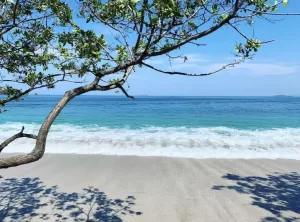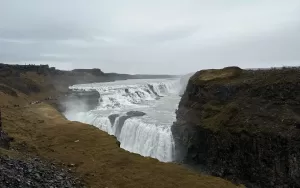Winter in Iceland is a dream come true, with its mesmerizing landscapes, snow-capped mountains, and the magical Northern Lights. However, the unpredictable weather and cold conditions mean it’s essential to plan carefully with a comprehensive packing list for Iceland in winter. From choosing the best coat for Iceland in December to mastering layering tips for Iceland winter, this guide covers everything you need to stay warm, comfortable, and ready for adventure. Whether you’re wondering what to wear in Iceland winter or seeking advice on Iceland winter travel essentials, we’ve got you covered.
Disclaimer: Links may contain affiliate links. This means I may get a small commission from the sale at no cost to you.
Essential Outerwear: Best Coat for Iceland in December and Beyond
When visiting Iceland in winter, a durable, insulated, and waterproof coat is essential. The weather can be cold, windy, and damp, so having the right outer layer will make a big difference. Also, don’t forget outer layers like a waterproof and windproof coat, which is the best coat for Iceland in December to protect you from the elements.
When visiting Iceland in winter, a durable, insulated, and waterproof coat is essential. The weather can be cold, windy, and damp, so having the best coat for Iceland in December and other winter months will make a big difference. Consider outer layers like a waterproof and windproof coat as part of your packing list for Iceland in winter.
- Insulated Parka: A high-quality parka with insulation and a hood is ideal for blocking the cold winds. Popular brands like The North Face, Columbia, and Patagonia offer some of the best coats for Iceland in December.
- Waterproof and Windproof: Iceland’s weather can be unpredictable, so choosing a jacket with waterproof and windproof features is key.
- Layering Capability: Opt for a coat roomy enough to accommodate layers underneath—a key element of layering tips for Iceland winter.
This will be your best coat for Iceland’s winter months, offering warmth and essential protection from Iceland’s notorious wind and moisture. Here are two parka options perfect for Iceland’s winter landscapes.
Here are two parka options that are great for Iceland’s winters. I have the first one and love it, the second one is a puffer and likely slightly warmer but both can be considered the best coat for Iceland in December.
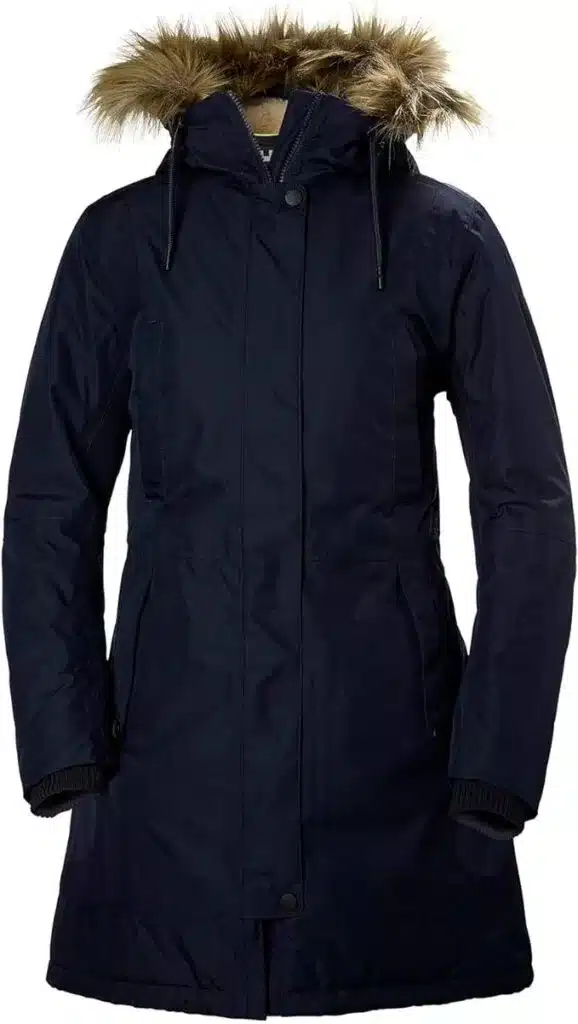
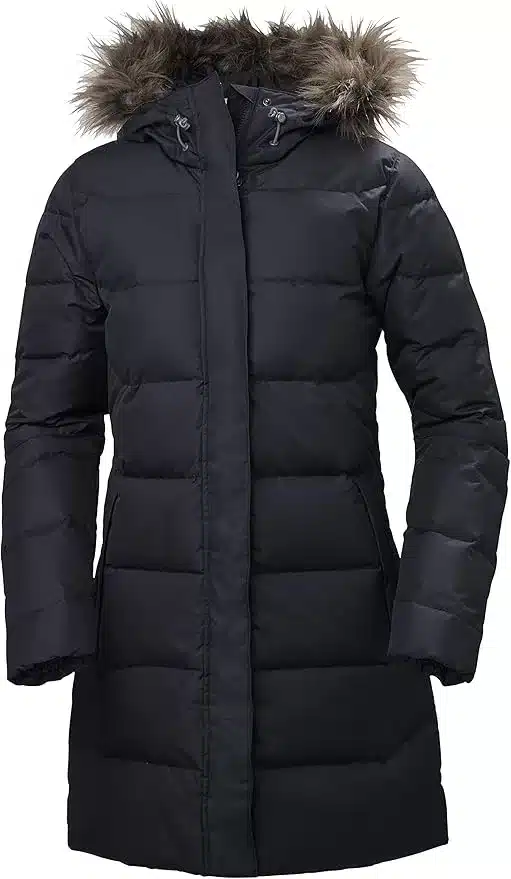
2. Base Layers for Iceland in Winter: What to Wear in Iceland Winter
The secret to staying warm in Iceland lies in layers. Layering tips for Iceland winter emphasize starting with moisture-wicking base layers, followed by insulating middle layers, and finishing with protective outerwear. Knowing what to wear in Iceland winter ensures you’re ready for any activity.
Icelandic winters can be harsh, with temperatures ranging from 20°F to 40°F, depending on the month and location. Start with moisture-wicking base layers, such as thermal tops and leggings. These will keep you warm and dry, even if you’re sweating from a long day of hiking or sightseeing. Middle layers like fleece jackets or wool sweaters are great for insulation, and they will trap body heat effectively.
- Thermal Tops and Bottoms: Look for moisture-wicking thermal layers, like merino wool or synthetic options, to trap heat and keep you dry.
- Long-Sleeve Tops: Pack a few long-sleeve shirts to wear over thermals and under your outer layers for added warmth.
- Fleece or Insulated Mid-Layer: A fleece jacket or synthetic mid-layer provides extra warmth and is essential in winter packing lists for Iceland in December through March.
Smart layering is critical to stay comfortable during any winter travel in Iceland. Look for brands like Smartwool for quality base layers, which are some of the best clothes to wear in Iceland winter.
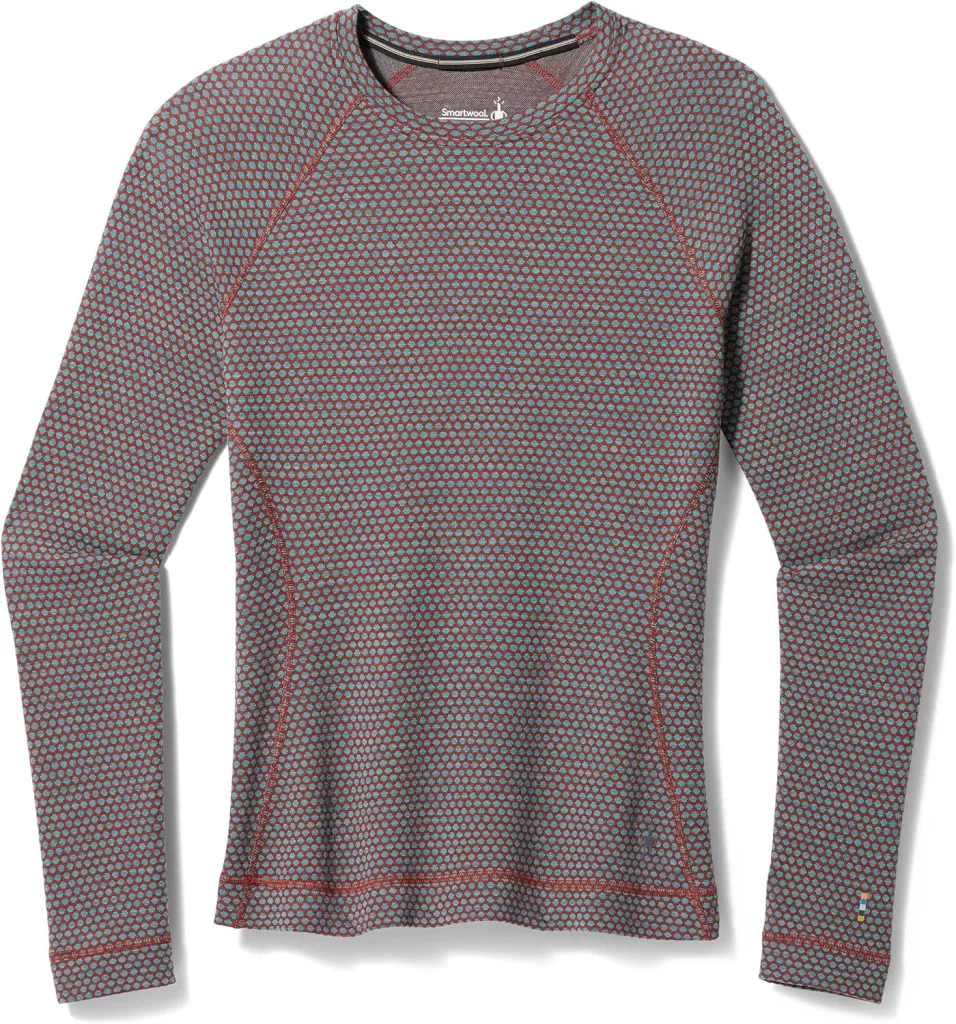
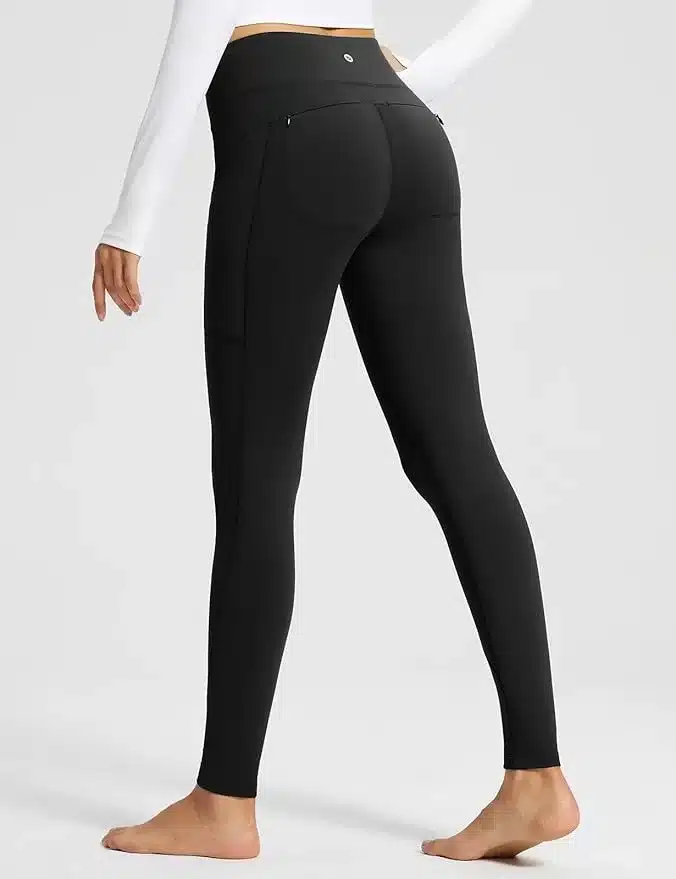
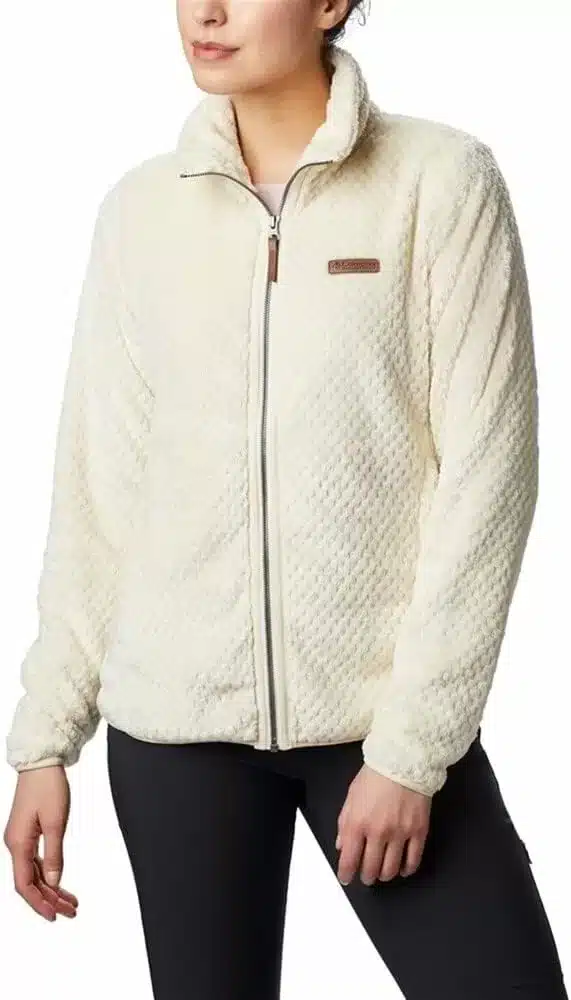

3. Winter Footwear: Best Boots for Iceland in Winter
The right winter footwear is crucial for navigating Iceland’s icy, snowy, and often wet landscapes. Waterproof, insulated boots are ideal for both warmth and comfort, making them a must-have on your Iceland packing list December through March and a travel essential for winter.
- Waterproof Boots with Insulation: Insulated, waterproof boots lined with materials like Thinsulate are the best boots for Iceland in winter.
- Good Grip for Ice: Boots with deep treads or attachable ice cleats help prevent slipping on icy surfaces. You may want to consider crampons, which can be a winter travel essential for Iceland’s slippery walkways.
- Comfortable for Long Walks: Since you’ll likely spend a lot of time on your feet, opt for comfortable, supportive boots. Brands like Sorel, Merrell, and Columbia have some of the best boots for Iceland winter adventures.
These are some of the best boots for Iceland in winter, combining warmth, water resistance, and traction for icy conditions.
One of the most important items on your packing list for Iceland in December or any winter month is sturdy, insulated boots. Make sure your boots are waterproof and have good grip for walking on icy paths. Iceland’s landscapes can be rugged, and you’ll want footwear that can handle snow, ice, and cold. Additionally, pack wool socks to keep your feet warm, and consider bringing a second pair in case one gets wet. Proper footwear is essential when figuring out what clothes to wear in Iceland winter.
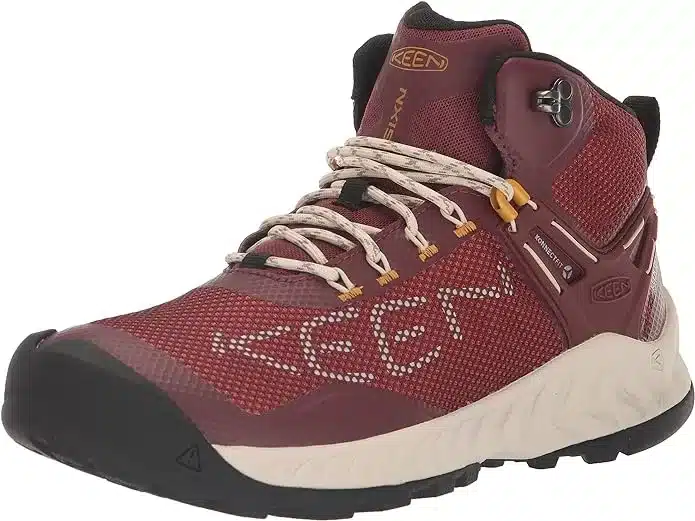
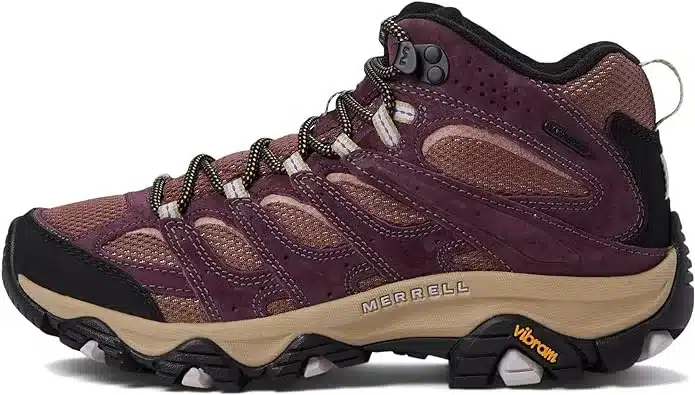
Additionally, having a good pair of winter boots along isn’t a bad idea, especially in the event of a snow storm. My go-to winter boot is Sorel. They are high quality, keep my feet warm and are comfortable to walk in. Moreover, make sure whatever winter boot you bring, that it is waterproof.
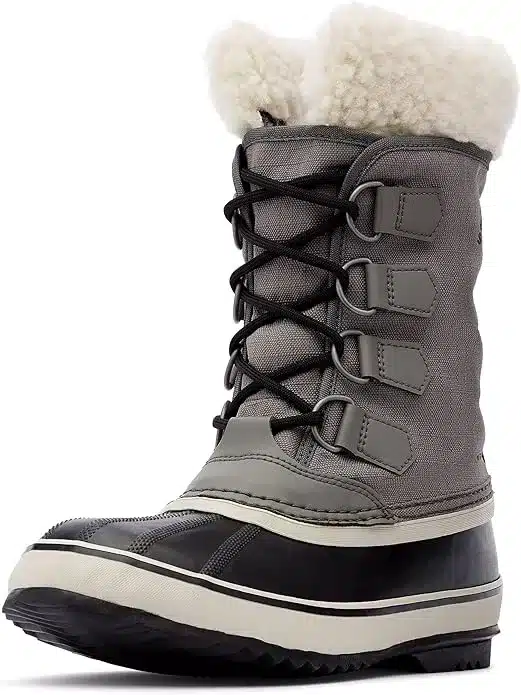
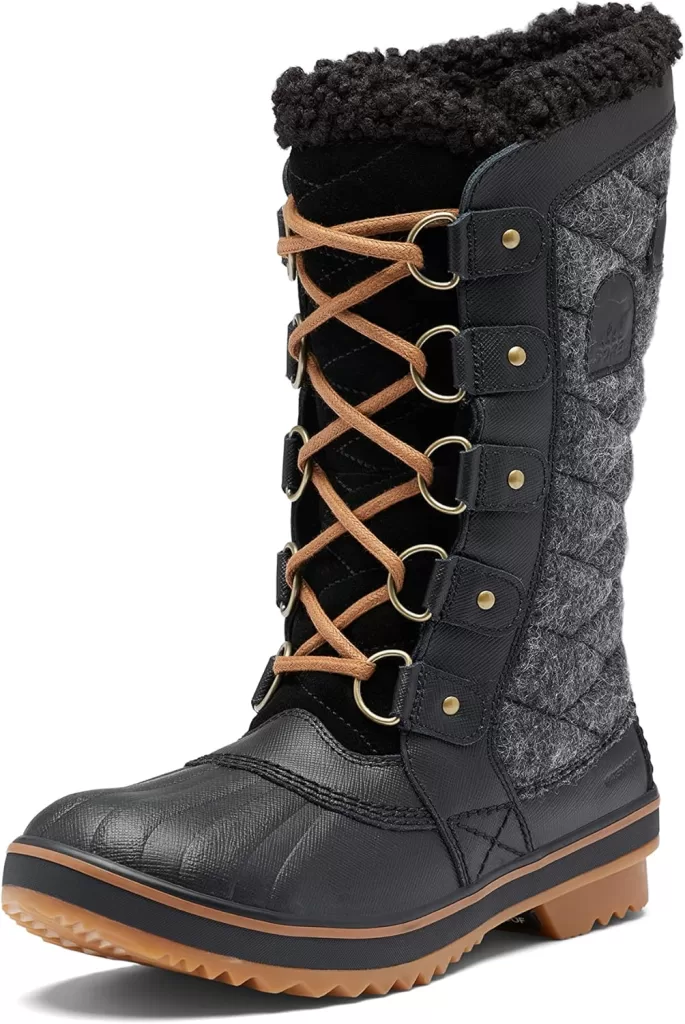
Footwear Extras
In addition, Smartwool makes great merino wool socks that pair nicely with boots and a great add to your packing list to Iceland in December to March. These quality socks are great for added warmth, an essential in your Iceland travel packing list for winter.
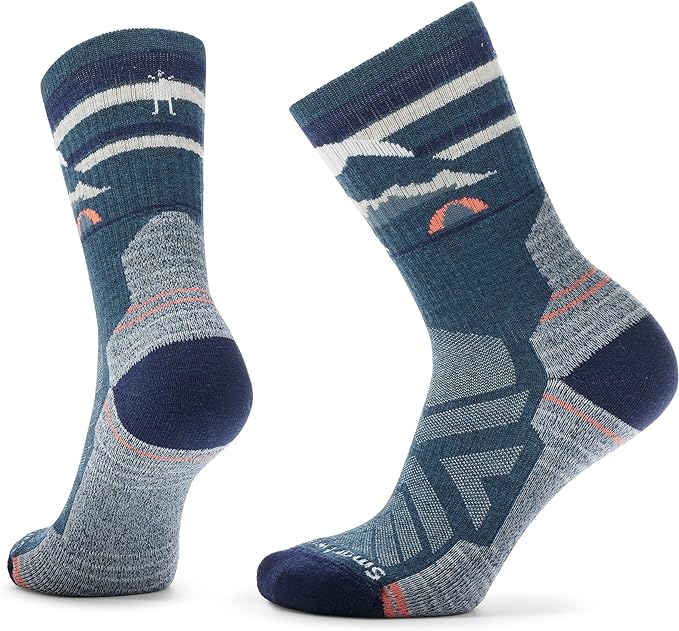
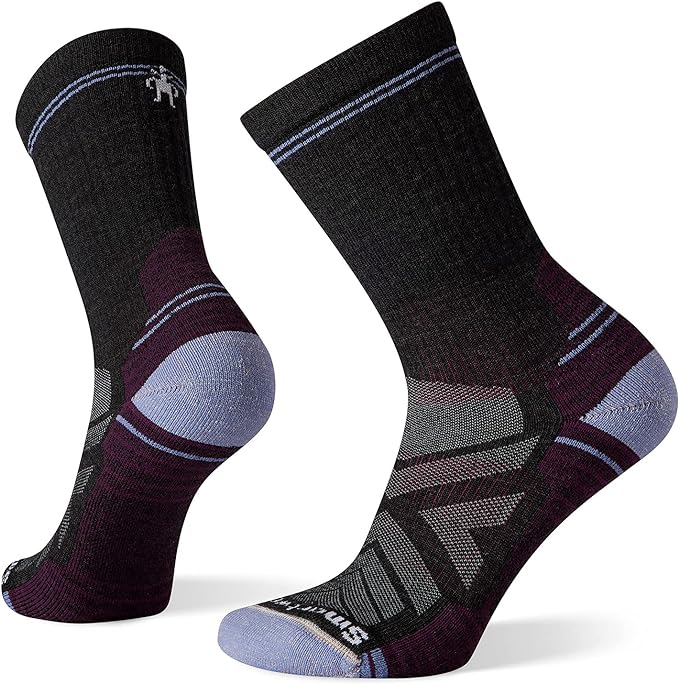
Some extras when it comes to footwear. Personally, I am a baby when it comes to cold feet, so I pack pair of heated socks too. These are a game changer for me. One of my favorite features with my heated socks is that I can control them with an app on my phone. In addition, having a pair of crampons along for your journey is a good idea. Iceland can be pretty slippery in the winter months and crampons are great to prevent you from slipping.
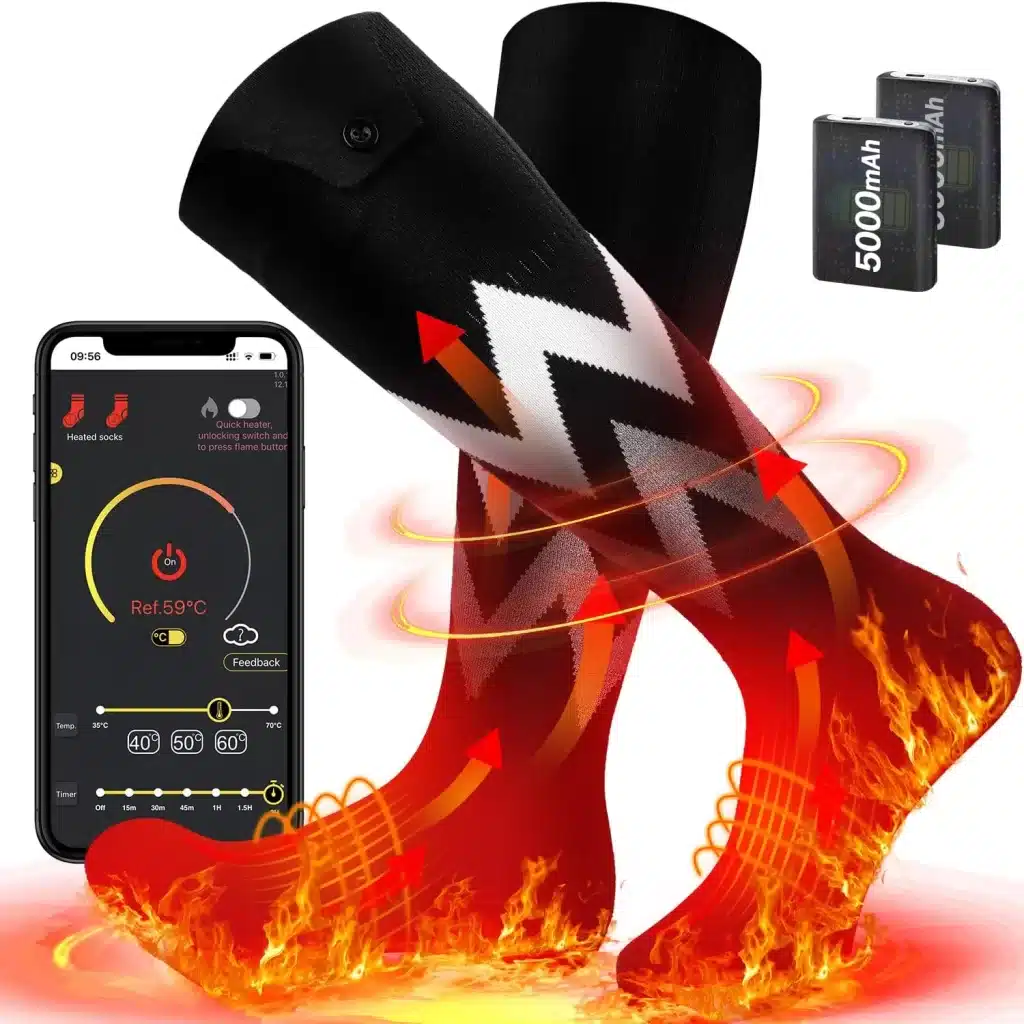

4. Winter Accessories: Hats, Gloves, and Scarves for Winter Travel Essentials in Iceland
Staying warm in Iceland means focusing on small winter travel essentials for Iceland, too. Accessories like hats, gloves, and scarves should be staples on your winter packing list for Iceland in December through March.
- Warm Beanie or Hat: A fleece-lined or wool beanie retains heat, especially during windy days.
- Thermal Gloves or Mittens: Insulated gloves or mittens keep hands warm, while mittens tend to provide better heat retention than gloves.
- Neck Gaiter or Scarf: A neck gaiter or scarf protects against cold winds.
Adding these winter travel essentials for Iceland to your packing list ensures you’re ready for any icy adventure.
A warm hat, thermal gloves, and a scarf are absolute must-haves essentials for a winter travel packing list to Iceland. These will shield you from biting winds while you’re out exploring Iceland’s stunning waterfalls and glaciers. In addition, for added warmth, bring hand warmers or invest in heated gloves. If you’re visiting famous sights like the Golden Circle, don’t forget your sunglasses to protect your eyes from the reflection of the snow and ice.

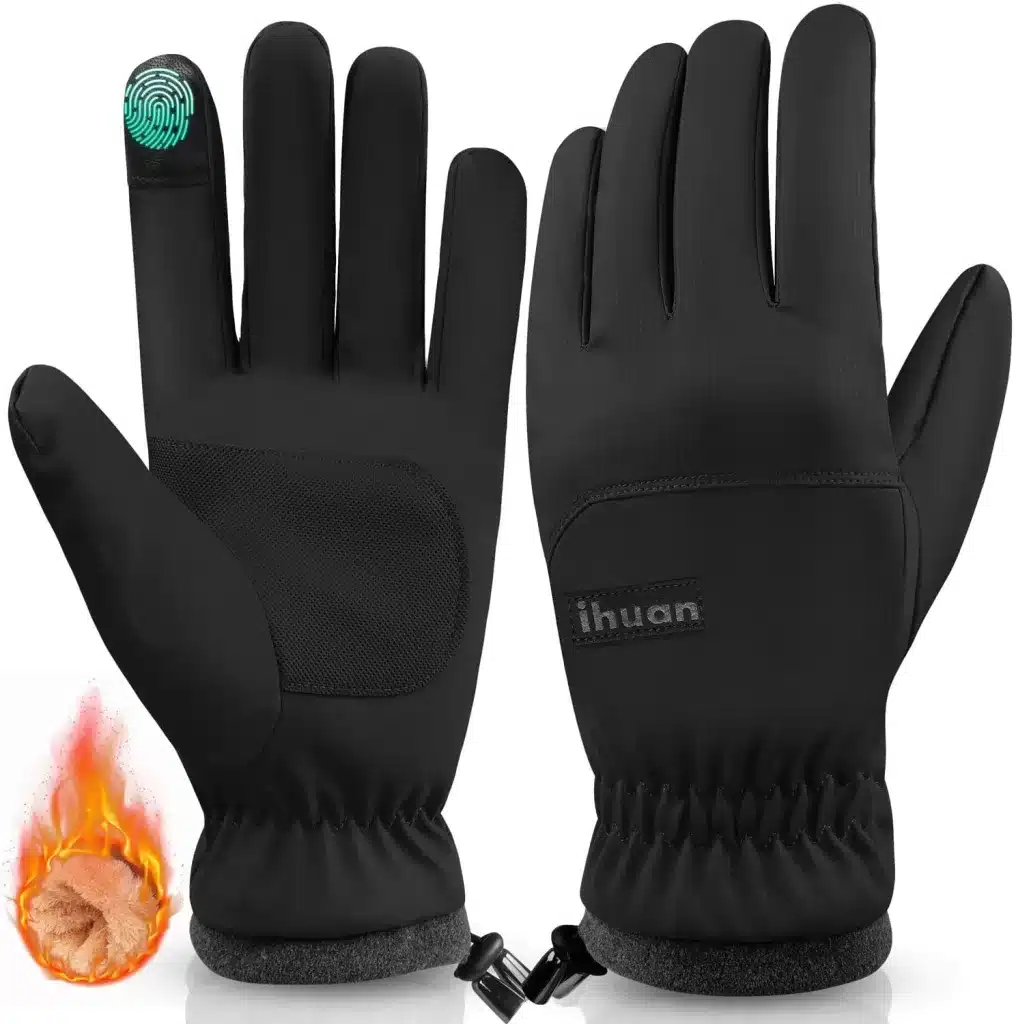
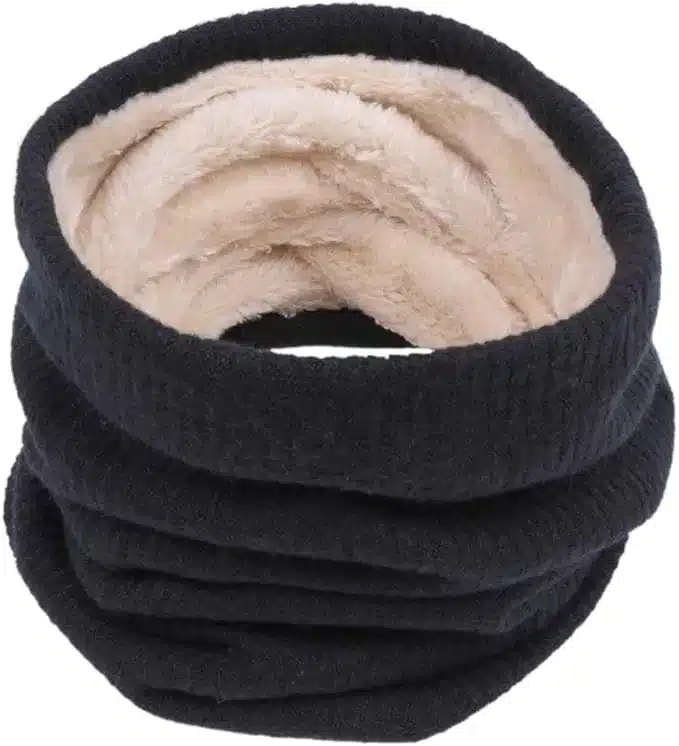

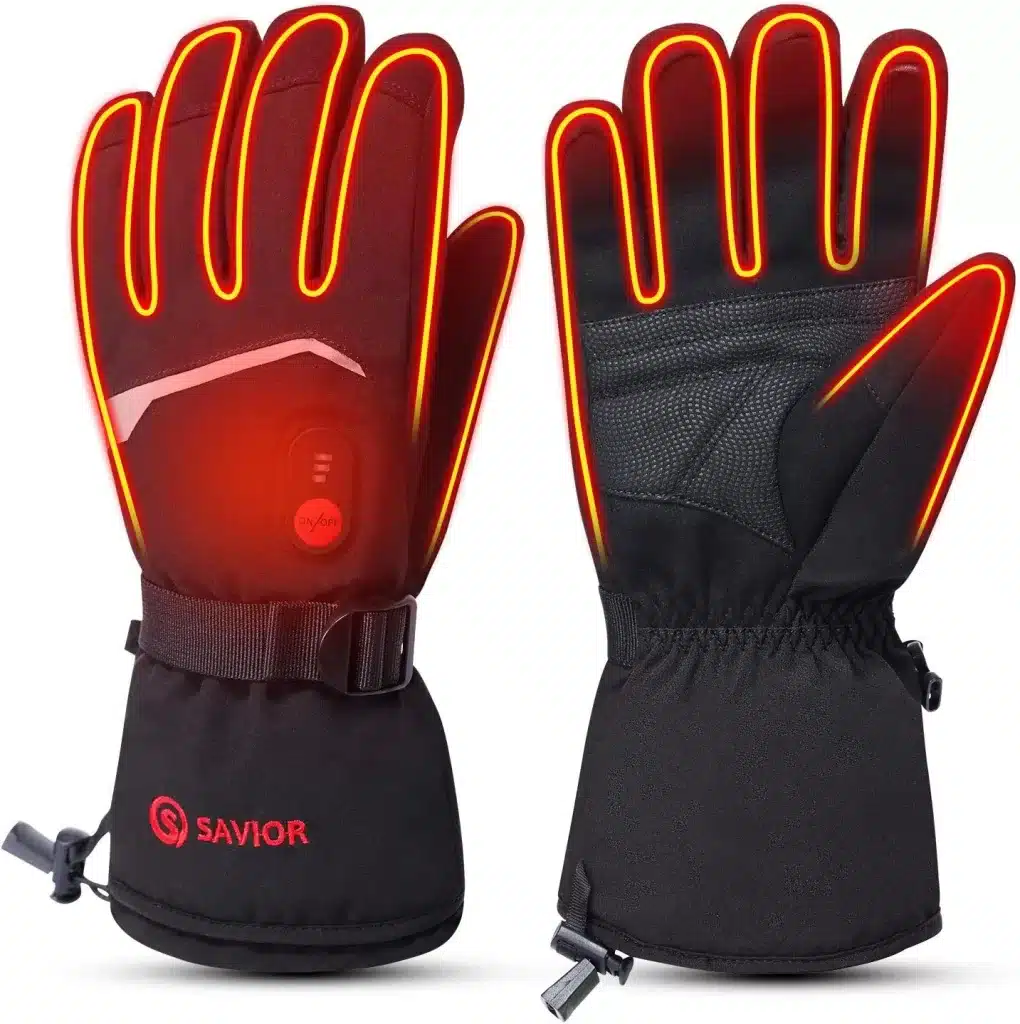

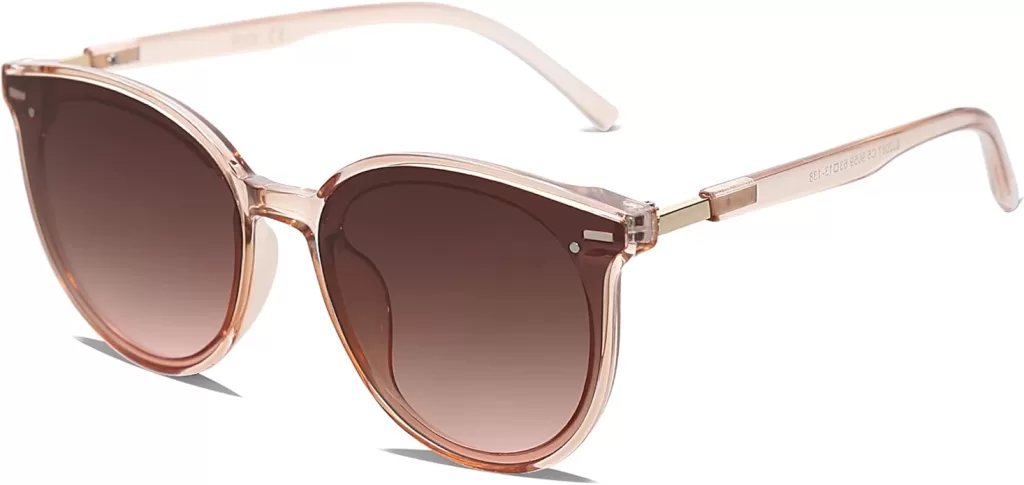
5. The Best Coat for Iceland in December: Choosing the Right Outerwear for Winter Travel
When planning what to wear in Iceland winter, the best coat for Iceland in December is an insulated, waterproof parka with a hood. With the right coat, you’ll be well-prepared to enjoy Iceland’s stunning winter scenery. This coat will be your main defense against freezing temperatures, snow, and wind, making it an essential part of any Iceland packing list for December and other winter months.
My go-to winter coat is a Helly Hansen brand. This is undoubtedly the best coat for Iceland in December and will serve as your main defense against freezing temperatures, snowstorms, and rain. Make sure your coat has enough pockets to carry essentials like your phone, camera, or maps.

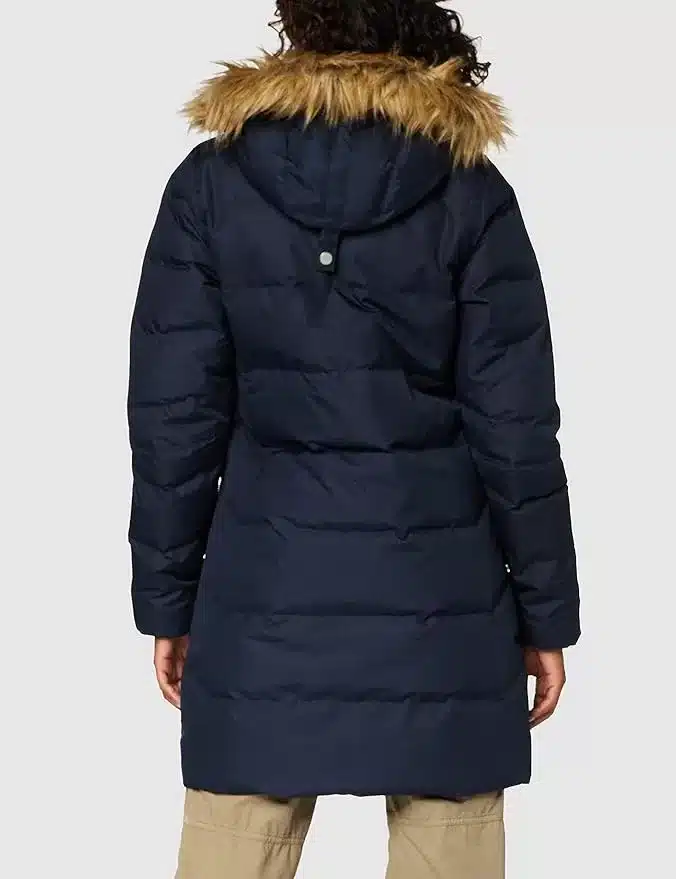
6. Don’t Forget Your Swimwear for Iceland’s Hot Springs
Even in the middle of winter, Iceland’s geothermal pools are a must-visit. Make sure to pack a swimsuit on your Iceland packing list for December, January, or March so you can enjoy the Blue Lagoon and other natural hot springs.


7. Packing Tips for Specific Months: Iceland Packing List December to March
Each winter month has unique conditions, so adjust your packing list accordingly.
- November: November can be rainy with snow, so prioritize waterproof clothing.
- January and February: Prepare for colder temps, -1°C to 3°C (30°F to 37°F), with long nights and limited daylight. Windproof gear can be important for strong winds and crampons for icy conditions.
- March: In March, prepare for both icy mornings and rainy afternoons by focusing on layers.
With the right packing list for Iceland winter, you’ll be ready to embrace all that Iceland has to offer.
8. FAQs for First-Time Travelers to Iceland in Winter
- What are the best shoes for Iceland winter? Waterproof, insulated boots are ideal.
- What should I avoid packing? Avoid bulky items that aren’t waterproof.
- Can I pack lighter? Focus on efficient, layered clothing to reduce bulk.
Final Thoughts: Packing List for Iceland in Winter
Packing for Iceland in winter may seem daunting, but with this guide, you’ll be fully prepared. From creating a detailed packing list for Iceland in winter to mastering layering tips for Iceland winter, you’ll have everything you need to stay warm, comfortable, and ready to explore. Focus on essentials like the best coat for Iceland in December, quality base layers, and durable boots to make your trip unforgettable. Whether you’re chasing the Northern Lights or soaking in a geothermal pool, you’ll be equipped for the adventure of a lifetime.


